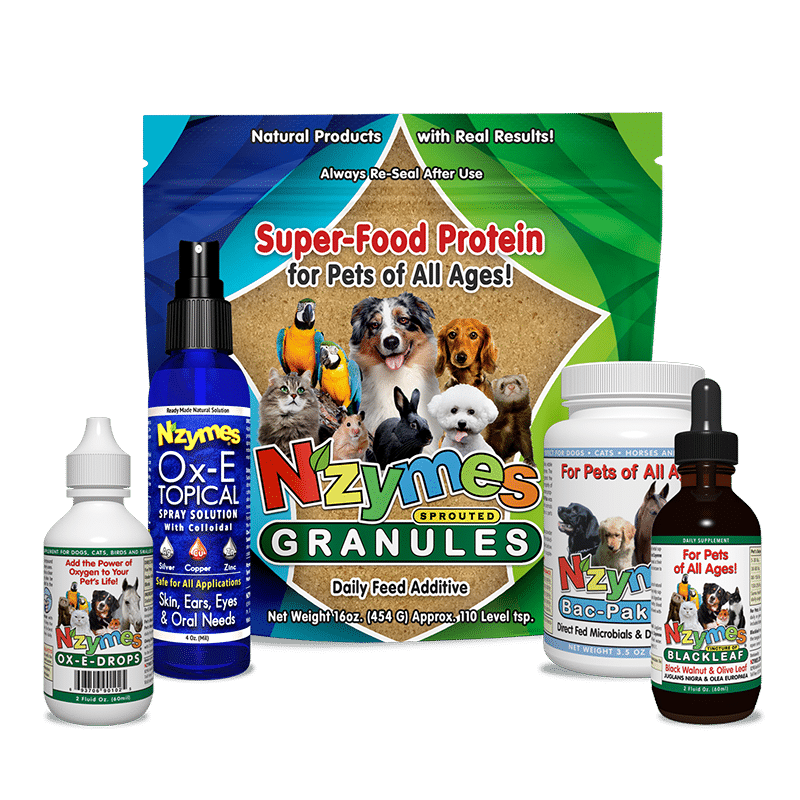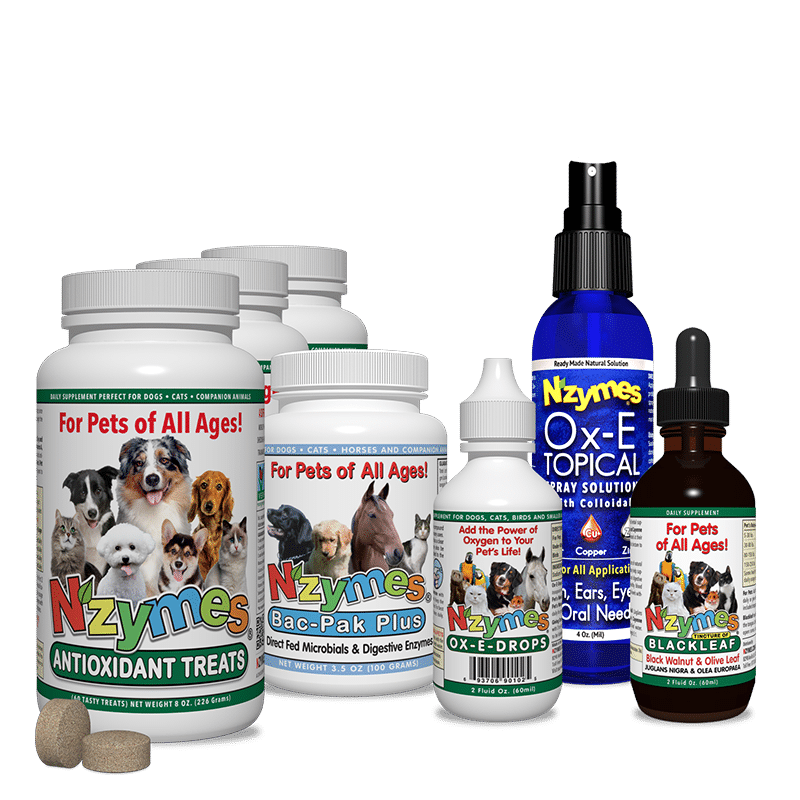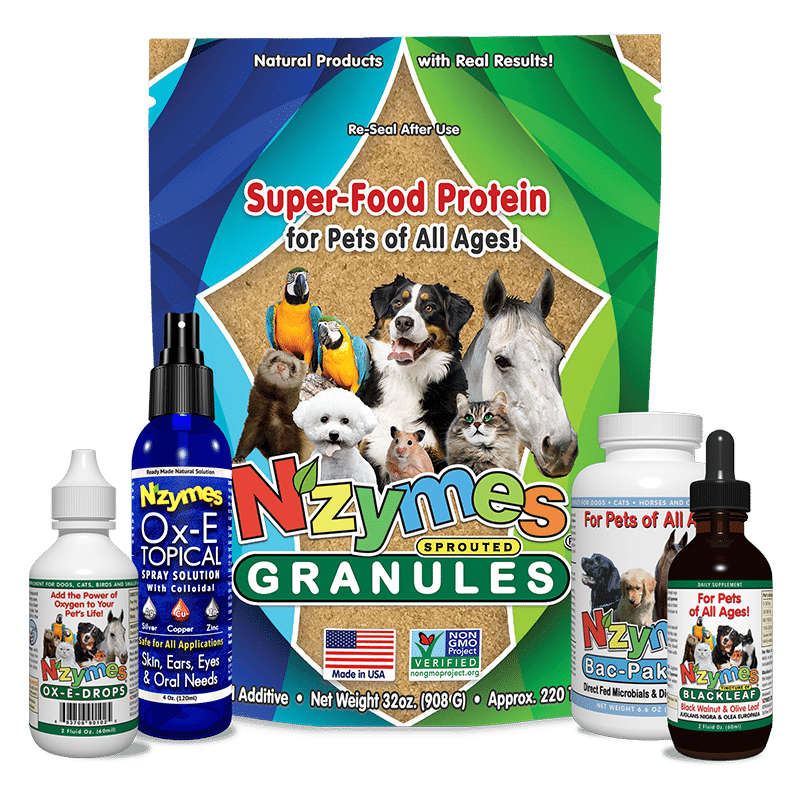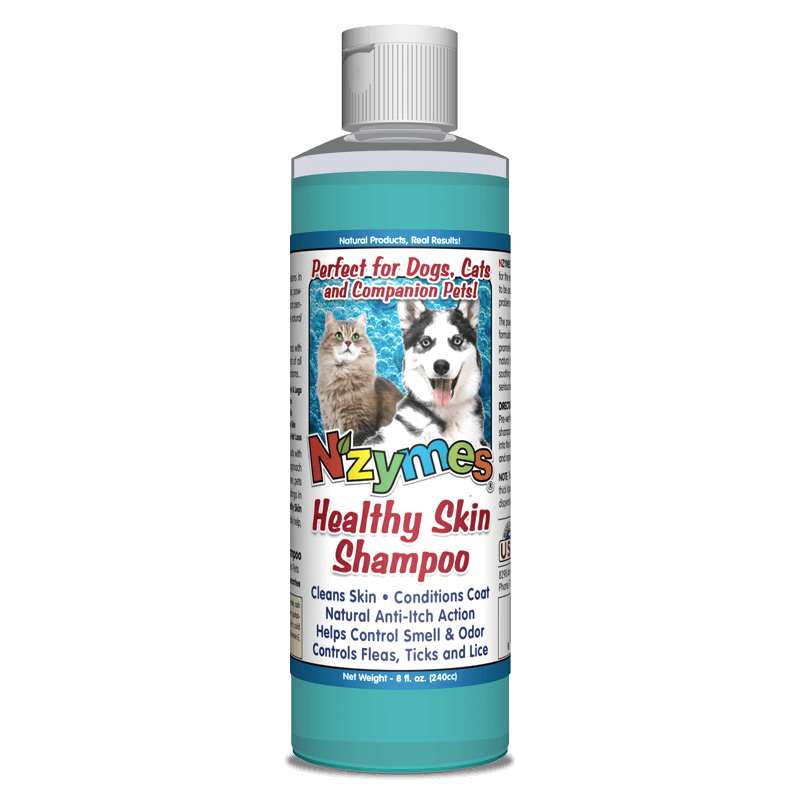
Yeast Candida and Fungal Skin Issues with Dogs or Cats
Early symptoms of Yeast (Candida) taking control of the Gut are not so obvious; it’s mostly about itching/scratching, and too much licking at feet or legs (maybe some chewing involved). If things are allowed to advance over months, and contributory foods and treats are in the diet, then things can get ‘out of hand’ pretty quickly – and even quicker if typical Veterinary “treatments” get involved (steroids + antibiotics). Minor ear infections are a possibility at these early stages – some itching, shaking of the head, and minor inflammation with the ear.
As the systemic yeast infection symptoms worsen, things will usually become pretty obvious: itchy red or blackened skin, hot spots, offensive odor, ear infections, or raw itchy paws. But what exactly is a systemic yeast infection? To gather a much deeper understanding of how the Candida yeast – while taking control of the Gut – manages to ravage the body, and create havoc everywhere, we provide a very short but helpful Video that sheds light on the issue, although from the Human point of view. Since we’re all about pet health, that is where we keep our focus. For in-depth Yeast info, visit our LEGACY YEAST INFECTION ARTICLE.
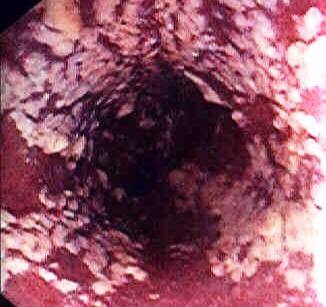
Example of yeast overgrowth
Starts with Imbalance
Simply put, a systemic Yeast Infection in dogs is the results of an imbalance in the GI (gastrointestinal) tract – the gut. In the gut, naturally, there are billions of beneficial bacterial flora colonies, and fungal residents as well such as candida yeast. When all is well, each produces by-products that benefit each other. However, when something comes along to upset that balance, this is when troubles begin – allowing ‘opportunistic yeast’ to begin to take over, with the possible result of serious Yeast infection areas taking over intestinal walls (see photo).
The purpose of the good bacteria is to function as a protective lining of the GI tract, creating a natural barrier and aiding in the digestive process. This balance helps ensure a strong, sound immune system and better general health.
Causes of the Imbalance
Unfortunately, there are many things that disrupt the good bacteria and the body’s natural balance. The most problematic are the use of antibiotics and steroids which disrupt the natural balance while fighting infection or inflammation. Pet foods and treats that use sugar-dominant ingredients are the worst, but there are also preservatives, additives, and colorings in our dog’s food that affect these changes. Sometimes simple stress can be a culprit.
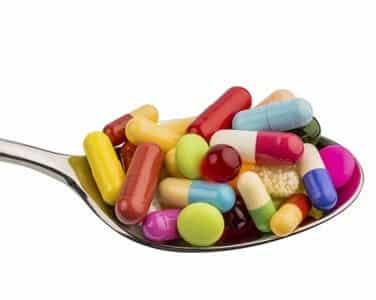 Any or all of these factors can cause the protective flora within the gut to diminish. As this protective barrier disappears, the far less delicate and always opportunistic yeast will begin to expand and take over those spaces formerly occupied by the friendly bacteria.
Any or all of these factors can cause the protective flora within the gut to diminish. As this protective barrier disappears, the far less delicate and always opportunistic yeast will begin to expand and take over those spaces formerly occupied by the friendly bacteria.
This is what is known as a yeast overgrowth. In time, the byproducts created by the yeast overwhelm the local environment and are carried by the bloodstream to the surface for filtration. These toxins then exit through the paths of least resistance – hair follicles and skin cells (especially in the ears and on paw pads). The problem is already a deep problem by the time we notice the itchy or blackening skin, hair loss, hot spots or reoccurring ear infections. And these symptoms are often diagnosed as allergies – treated with antibiotics or steroids, which further weaken the already over-run immune system and only suppress the symptoms… without dealing with the internal problem at all. But allergies is a diagnosis that “seems” to make sense – on the surface.
Here’s why.
Yeast & Leaky Gut
Once the protective flora of the gut has been eroded, inflammation begins to take place as the yeast takes over. This causes the cells of the intestinal lining to become enlarged and porous so that foodstuffs get stuck. These bits of undigested material then enter the bloodstream and leech onto and into other tissue creating an immune response that usually results in a false positive allergy test. Instead of allergies, this condition is actually referred to as “Leaky Gut Syndrome“. If left untreated – or treated as allergies – this condition often becomes worse as the yeast digs deeper roots, further damaging the intestinal wall.
What makes this problem worse?
Major Contributors to Yeast Overgrowth
As mentioned above, common food ingredients and medications are the big offenders with Candida. Let’s start with your dog’s food.
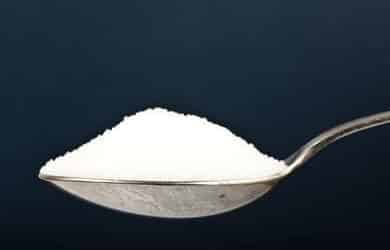 Yeast facts of concern: Candida Albicans is a polymorphic organism and strain of fungi, like most, which feeds on sugars and starches. Start by checking the ingredient list on the food you’re feeding. White rice, corn, wheat, potato, sweet potato and tapioca should always be avoided as a primary ingredient on your dog’s menu (especially if you suspect a yeast problem). Primary ingredients are the ones listed first in the (usually long) paragraph of edibles on the back of your kibble bag. These ingredients, like corn and potatoes, are simple starches – and simpler the starch, the faster it converts to sugar in the body. The faster in converts to sugar, the more it feeds the yeast, making it grow.
Yeast facts of concern: Candida Albicans is a polymorphic organism and strain of fungi, like most, which feeds on sugars and starches. Start by checking the ingredient list on the food you’re feeding. White rice, corn, wheat, potato, sweet potato and tapioca should always be avoided as a primary ingredient on your dog’s menu (especially if you suspect a yeast problem). Primary ingredients are the ones listed first in the (usually long) paragraph of edibles on the back of your kibble bag. These ingredients, like corn and potatoes, are simple starches – and simpler the starch, the faster it converts to sugar in the body. The faster in converts to sugar, the more it feeds the yeast, making it grow.
Medications like antibiotics, steroids, antihistamines or other immune suppressants also aggravate the delicate balance in a dog’s gut. These drugs may help suppress symptoms, but only by turning off the immune system’s natural function.
Releasing vs Suppression
Think of the immune system like a muscle. When it’s working, being used and being nourished, it grows stronger. If it’s shut down (much like a leg in a cast) it shrinks and grows weaker. When the drugs are stopped (or the cast comes off), it takes focused attention and extra effort to recondition this muscle back to its normal, healthy purpose.
Perhaps you’ve heard the saying, “all good things in moderation”… and that is exactly the point with yeast. Yeast is a good thing – in moderation. Kept in balance, it is part of a dog’s healthy, happy inner harmony. But if it’s given opportunity, yeast will overgrow, and present a very formidable challenge to overcome. The good news is, once you understand what is it that you are battling, you can take action to correct it.
If you have questions or need further clarification, please see our FAQ ON YEAST IN DOGS
If you suspect your pet is suffering from a systemic yeast infection click here to discover the natural approach to resolving these problems.

